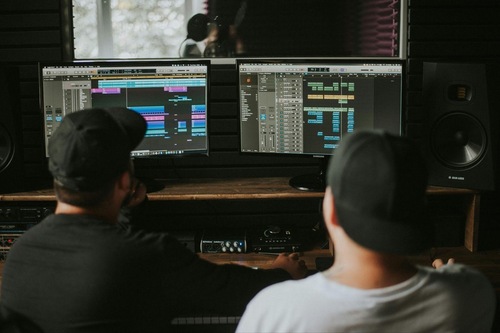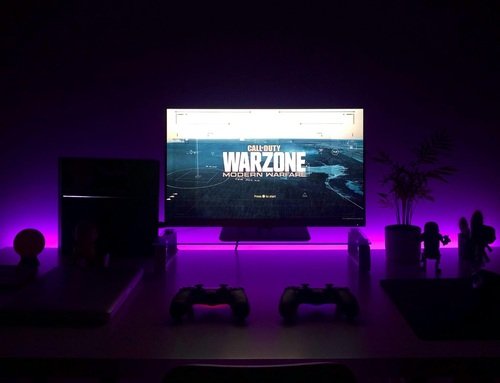Creativity is no longer launched with a guitar riff or a piano chord. Sometimes, it begins with an idea, a topic, or even a word. That is where music composition has come from—the fingers against strings to keyboard commands. And the result? Innovation at the intersection of emotion and automation.
There is something profoundly liberating about producing music without needing years of instrumental skill. That is not to belittle the power of classical musicianship—it is just to suggest: now, there is more than one way to create music.
Welcome to the world of intelligent composition. Algorithms are now able to read mood, genre, tempo, and even direction of narrative to create soundscapes. Require a melancholy atmosphere for your short film or upbeat loop for that product demo, AI listens to your vision and starts building.
And it’s not a matter of pushing a button and getting a pre-fab stock sound. You can edit, remix, resynthesize. It’s like a virtual recording session where you call the shots and the AI translates.
This synergy is making it a leveler between indie producers. Original music is often something of a luxury when you’re just starting out to launch a podcast or start up a YouTube channel. But music maker AI puts original music into the creative toolbelt—within reach, fast, and versatile.
Even more exciting is the way AI respects the emotion behind the request. Ask for something cinematic and tense, and you’ll get dramatic strings, low drones, and a slow pulse. Ask for cheerful and you’ll hear bouncing melodies, light percussion, maybe even a ukulele.
Musicians themselves are mixing old and AI-assisted techniques, using generated tracks as a lead. Some use AI to play around with chord progressions that they would never come up with otherwise. Others build entire songs out of the base tracks it creates, adding vocals or acoustic elements to transform it into theirs.
Education is another field that benefits from these tools. Students learning film, narrative, or online marketing can now score their projects with their own music tracks without needing a music background. It levels the playing ground and brings ideas into the spotlight without being held back by their technical shortfalls.
And while a few worry about creativity heading overseas, the fact is the opposite. The more music creation is opened up, the more people get engaged. That translates to more diversity of sound, of perspective, of feeling tone. AI is a co-creator, not a competitor.
And let’s not forget the plain speed of it, either. For fast-paced projects, you can build a track, edit to your preference, and export—all within what might have consumed to browse around in endless collections of royalty-free music.
That level of flexibility is why AI software is being quickly incorporated into working professionals’ workflow, ranging from ad agencies to video game studios. Access to on-demand music that adjusts to every scene is no longer a fantasy.
But nicest of all is how natural the experience feels now. You don’t have to be able to play a diminished seventh chord. You merely need to have an idea what you want to feel—and let the AI finish the job.
We’re entering a time where creative freedom is measured not by resources, but by imagination. And in that space, anyone can be a musician. Whether you’re scoring a film, narrating a story, or just messing around with sound, the tools are ready.
It’s not quite about replacing the past, so much as iterating upon it. There is now a new kind of studio—the silent, the smart, and the infinitely reactive. And for the adventurous willing to take the plunge, there is a new sound to listen to.


